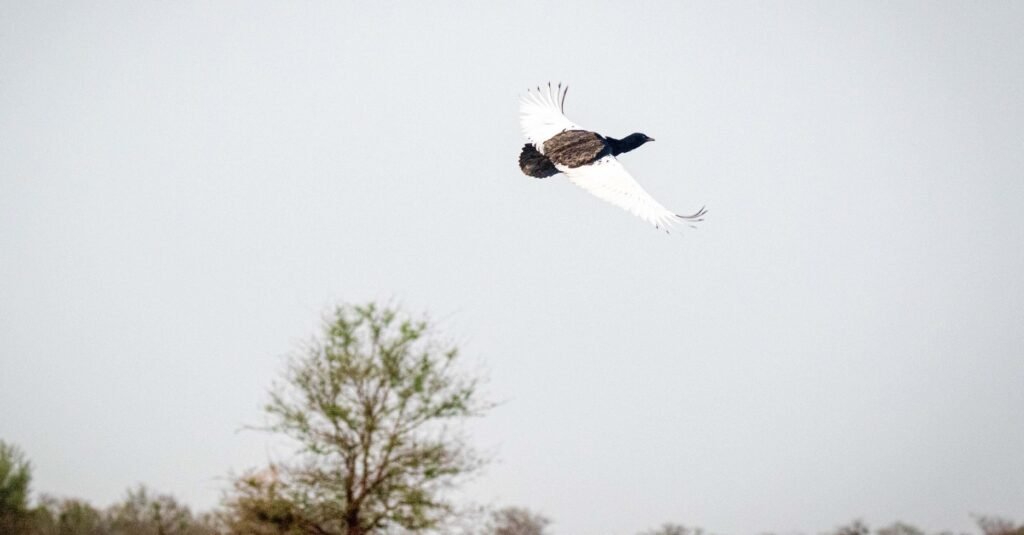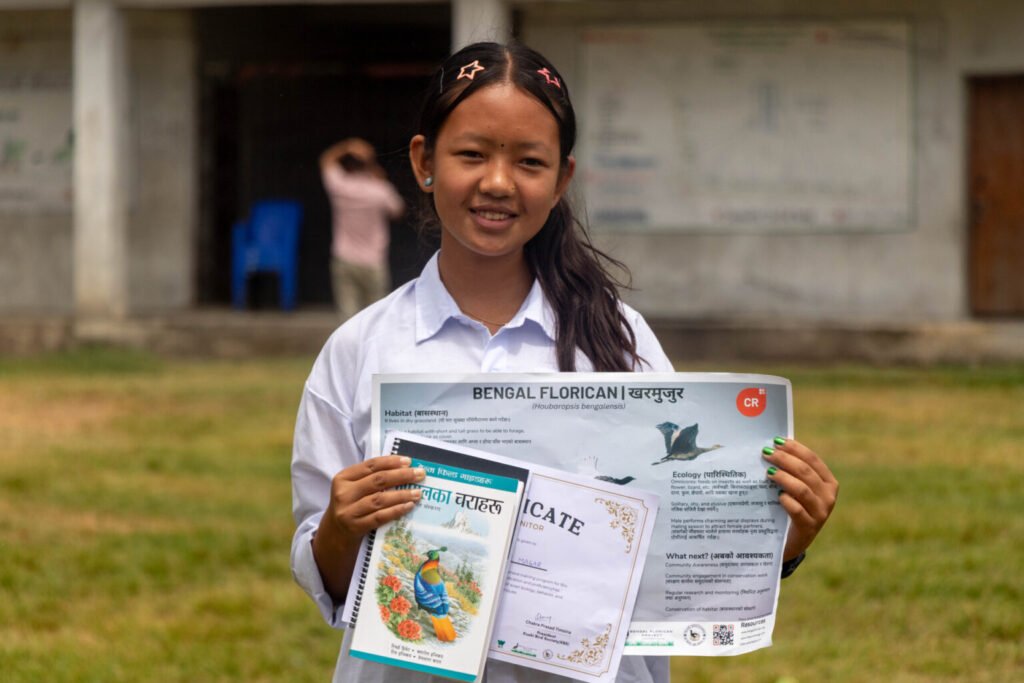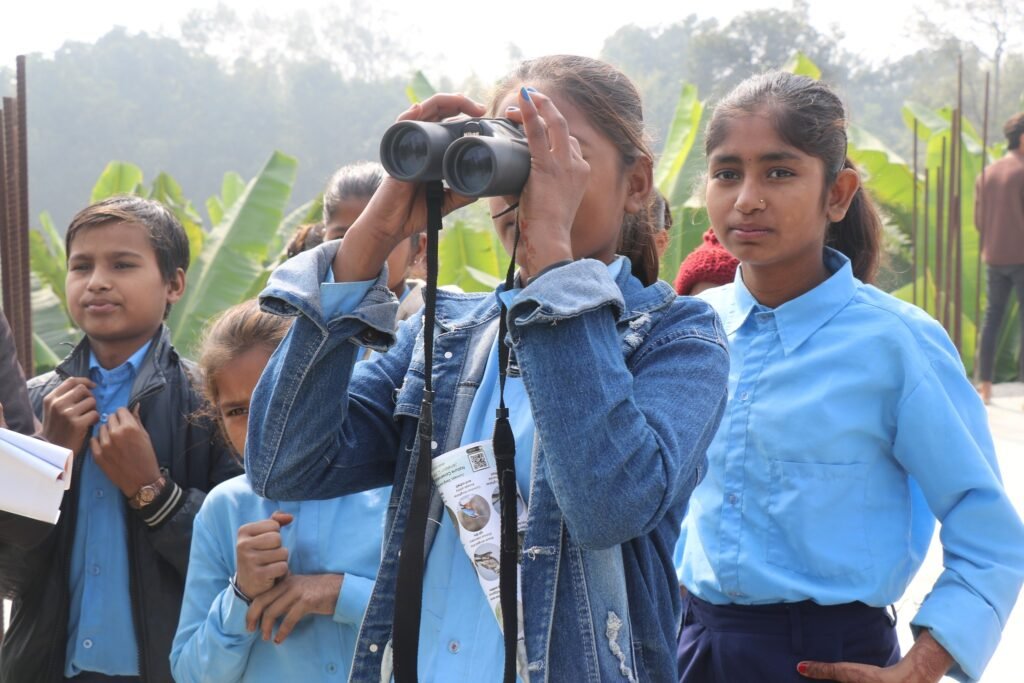
Research & Monitoring of Bengal Florican
Nature Conservation and Research Committee(NCRC) conducted bird survey of Bengal Florican in Koshi Tappu Wildlife Reserve and Chitwan National Park.
A sweep survey was conducted to assess the population and behavior of the Bengal Florican, carried out at dawn and dusk during April and May when the species is most active. The survey focused on bird habits, habitat preferences, and threats faced by the species. The Nature Conservation and Research Committee (NCRC) led this initiative, conducting surveys in key habitats such as Koshi Tappu Wildlife Reserve and Chitwan National Park. This effort aimed to gather critical data on the Bengal Florican’s status, contributing to its conservation and the protection of its preferred habitats.
Bird Conservation and Education
Nature Conservation and Research Committee(NCRC) conducted bird conservation in Koshi Tappu Wildlife Reserve, Chitwan National Park and Shuklaphanta National Park.




Conservation workshops were successfully conducted in local communities, bringing together stakeholders from diverse backgrounds to address the challenges faced by grassland birds and explore locally relevant solutions. Participants were divided into two groups, fostering collaborative discussions that led to the development of practical, community-specific strategies. Each group presented their findings, showcasing well-considered conclusions and innovative ideas that underscored the feasibility of many solutions within their capacity.
The workshop also featured an informative presentation on bird ecology, threats, conservation strategies, and wildlife laws, with a particular focus on the Bengal Florican. While many participants were initially unfamiliar with the species, the session highlighted its presence in their region and emphasized the critical role of local conservation efforts. This approach not only raised awareness but also inspired a sense of ownership and responsibility among attendees, reinforcing the importance of grassroots involvement in protecting biodiversity.

Research & Monitoring of Yellow-breasted bunting
We conducted research and monitoring of Yellow-breasted bunting in Dhanuhsa District.
A comprehensive bird survey was conducted in Dhanusha district, spanning both winter and summer seasons to account for resident and migratory species. Opportunistic sightings were also recorded to ensure a more inclusive dataset. The survey employed line transect and point count methods to systematically document avian diversity and distribution.
The research placed particular emphasis on threatened species, such as the Yellow-breasted Bunting, which faces significant threats from trapping and hunting for meat. By focusing on these vulnerable species, the study aimed to shed light on their population status, habitat use, and the urgent conservation measures needed to mitigate the pressures they face. This targeted approach underscores the importance of protecting critically endangered birds and their habitats in the region.
Bird Conservation and Education in Dhanusha
We conducted bird conservation workshop in Dhanusha district.




A bird conservation and education initiative was successfully carried out in Dhanusha district, aimed at raising awareness among students about bird identification, bird ecology, and the vital role birds play in ecosystems. The program also highlighted the IUCN Red List categories, with a particular focus on the alarming decline of the Yellow-breasted Bunting in the region. To reinforce learning, hoarding boards and posters titled “Birds of Janakpur” were installed in schools, and additional posters were distributed to participants.
The workshop actively encouraged students to engage in birdwatching, incorporating a practical birdwatching activity to foster a deeper connection with nature. This hands-on approach not only enhanced their understanding of local avian diversity but also inspired a sense of responsibility toward bird conservation. The initiative successfully combined education and action, empowering students to become advocates for protecting their natural heritage.
